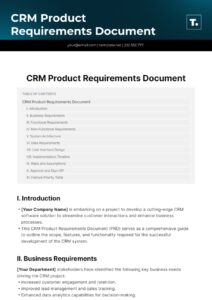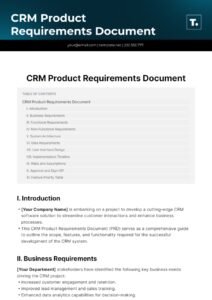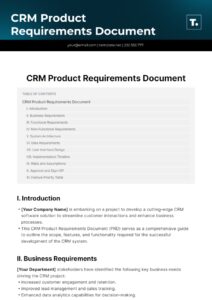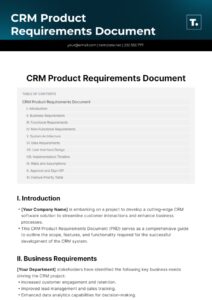Gathering requirements is a crucial step in any software implementation project. It ensures that the new system meets the needs of the business and that the implementation is successful. For Dynamics CRM, there are a number of different requirements gathering templates available that can help you to streamline the process.
One of the most important things to remember when gathering requirements is to involve all of the stakeholders in the process. This includes users, managers, and anyone else who will be affected by the new system. By involving all of the stakeholders, you can ensure that everyone’s needs are taken into account and that the new system is a success.
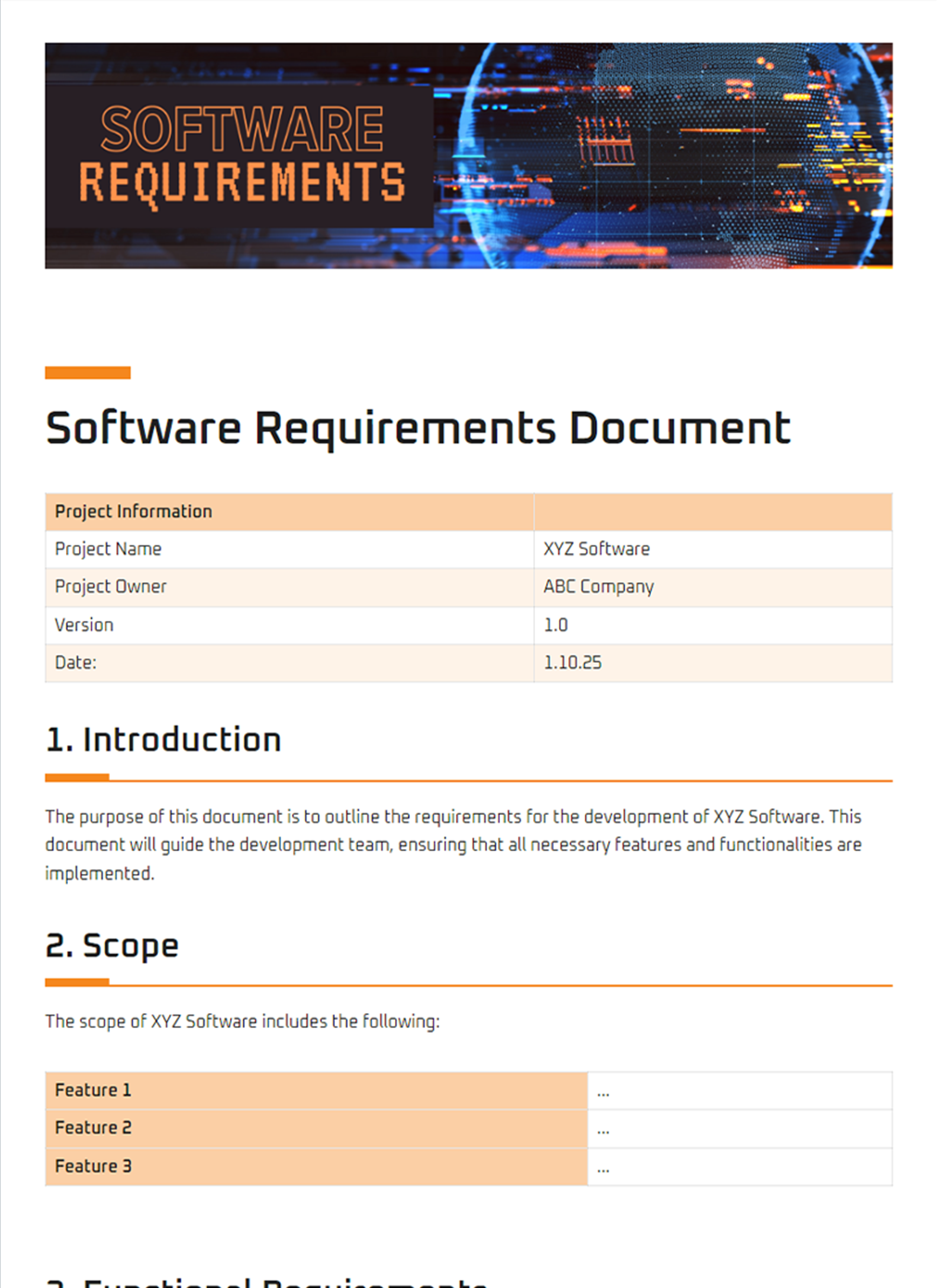
What to Include in a Dynamics CRM Requirements Gathering Template
A comprehensive Dynamics CRM requirements gathering template should include the following sections:
- Project Background: This section should provide an overview of the project, including the objectives, scope, and timeline.
- Business Requirements: This section should identify the business needs that the new system must address. This can include things like improving customer service, increasing sales, or automating processes.
- Functional Requirements: This section should specify the specific features and functionality that the new system must have. This can include things like creating and managing customer records, tracking sales opportunities, or generating reports.
- Non-Functional Requirements: This section should specify the non-functional requirements of the system, such as performance, security, and scalability.
- User Interface Requirements: This section should specify the user interface requirements of the system, such as the look and feel, navigation, and ease of use.
- Integration Requirements: This section should specify the integration requirements of the system, such as the need to integrate with other systems, such as ERP or marketing automation systems.
How to Use a Dynamics CRM Requirements Gathering Template
To use a Dynamics CRM requirements gathering template, follow these steps:
- Review the template and tailor it to your project: Each project is unique, so it’s important to review the template and make any necessary changes to ensure that it meets the specific needs of your project.
- Involve all of the stakeholders: As mentioned above, it’s important to involve all of the stakeholders in the requirements gathering process. This will ensure that everyone’s needs are taken into account and that the new system is a success.
- Gather requirements: Use the template to gather requirements from all of the stakeholders. This can be done through interviews, workshops, or surveys.
- Document the requirements: Once you have gathered the requirements, it’s important to document them in a clear and concise way. This will help to ensure that everyone is on the same page and that the new system meets the needs of the business.
Conclusion
Gathering requirements is a critical step in any Dynamics CRM implementation project. By using a comprehensive requirements gathering template, you can ensure that you gather all of the necessary information and that the new system meets the needs of the business. This will help to ensure that the implementation is successful and that the new system provides the desired benefits.
In addition to the steps outlined above, there are a few other things to keep in mind when gathering requirements. First, it’s important to be patient. Gathering requirements can take time, but it’s important to take the time to do it thoroughly. Second, it’s important to be flexible. Requirements can change over time, so it’s important to be able to adapt to changes as they occur.
